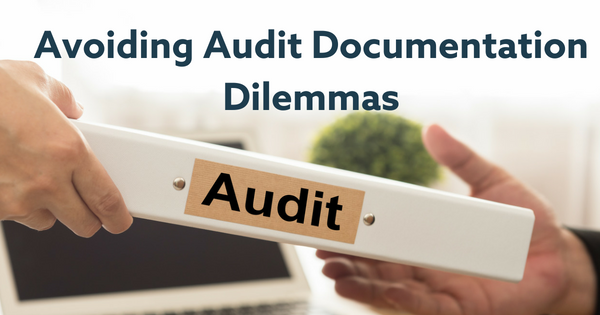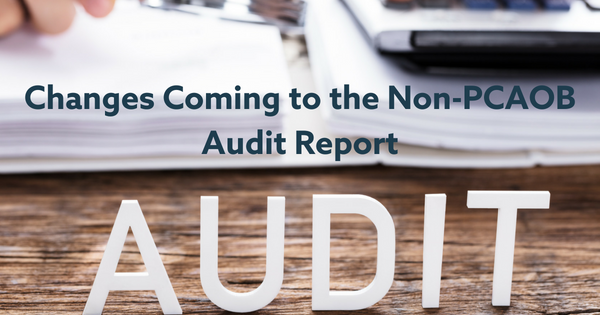Category Archives: Accounting & Auditing
We’ve all been there. In a meeting to discuss a significant change that is occurring we sense that we should say something. But what? This scenario closely aligns to what many firms are encountering as they audit the first round of not-for-profits that have implemented ASU No. 2016-14, Presentation of Financial Statements of Not-for-Profit Entities. […]
IRS announced the 2019 COLA adjustments to retirement plan limits on November 1, 2018 in Notice 2018-83. Elective deferrals for 401(k), 403(b), etc. plans rise from $18,500 to $19,000, plus $6,000 for those age 50 or older. The limit on defined contribution accounts increases from $55,000 to $56,000. The definition of a key employee in […]
With the effective date of Topic 842, Leases, right around the corner, the FASB recently issued two new ASUs that update the lease accounting guidance originally issued in 2016. Both of these updates are effective at the same time as Topic 842. In July, the FASB issued ASU No. 2018-10, Codification Improvements to Topic 842, […]

After being particularly slow with its standard setting in early 2018, the Financial Accounting Standards Board (FASB) has significantly picked up its pace in issuing new accounting guidance over the past few weeks. Also, in looking at the FASB’s technical agenda, there are several more Accounting Standards Updates (ASU) which the FASB plans to issue […]

In May 2014, FASB issued an Accounting Standards Update regarding Topic 606: Revenue from Contracts with Customers, along with various amendments, to be implemented in 2017 and 2019. In this post, we’ll talk about exact adoption dates of the new construction revenue recognition standards, the major updates, and how you can help your construction clients […]

In the Auditor’s Responsibility section of the audit report, auditors discuss their responsibility to express an opinion and that they conducted the audit in accordance with GAAS and potentially other standards (e.g., the Yellow Book, the Uniform Guidance for Federal Awards, etc.). Since auditors are required to apply AU-C section 230, Audit Documentation, as part […]

We’ve heard quite a lot recently about the coming inclusion of critical audit matters (CAMs) in the audit report for audits following PCAOB auditing standards. CAMs are those items that have been reported to a client’s Audit Committee and relate to accounts or disclosures that are material to the financial statements and involve especially challenging, […]
Under AU-C section 240, Consideration of Fraud in a Financial Statement Audit, the auditor is required to evaluate whether information obtained from risk assessment procedures and related activities performed indicates that one or more fraud risk factors are present. Management should also be looking for and responding to the presence of accounting fraud risk factors. […]
You’ve probably seen the large impacts that many publicly traded entities have announced related to the accounting for the Tax Cuts and Jobs Act. It’s important to remember that tax reform’s impact on financial statements isn’t just a large or publicly traded company issue. All corporations need to record the impact of the change in […]
So the Tax Cuts and Jobs Act (the “Act”) is here. While many are focusing on the impact of individual rate reduction and the impact on their itemized deductions, corporations need to assess the impact of the Tax Cuts and Jobs Act on financial statements–specifically on their deferred tax balances as part of the 2017 […]




